Resignation Letter Template for Professional Use
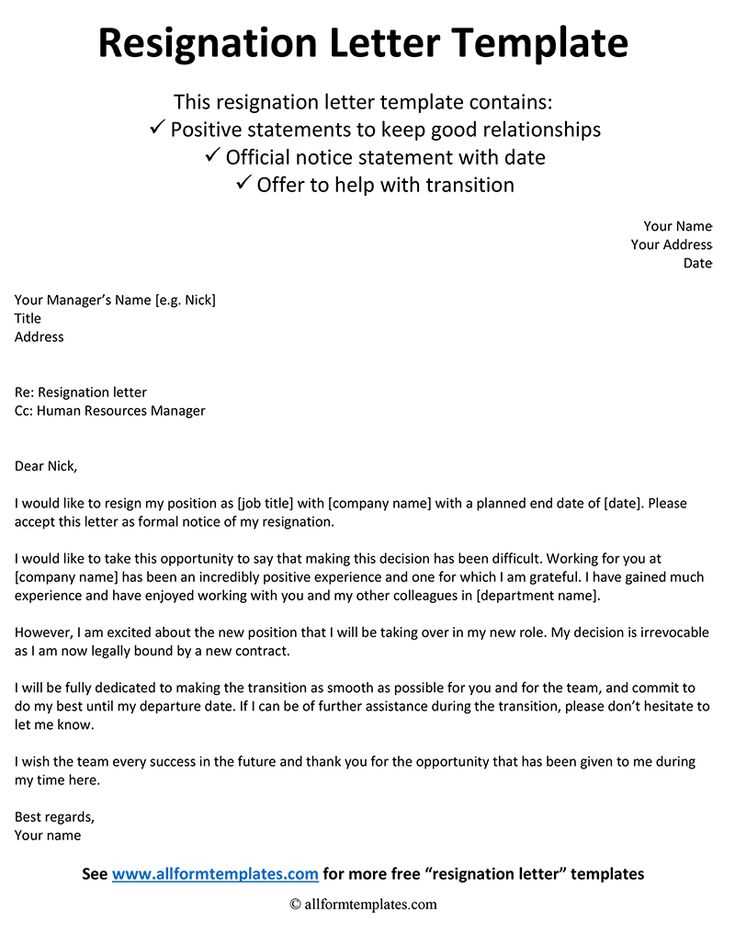
When it’s time to move on from your current role, leaving on good terms is essential. Crafting a clear and concise document to communicate your decision helps maintain professionalism and ensures a smooth transition. The way this message is written can reflect your level of respect for the organization and the colleagues you’ve worked with.
Key Elements of a Formal Departure Statement
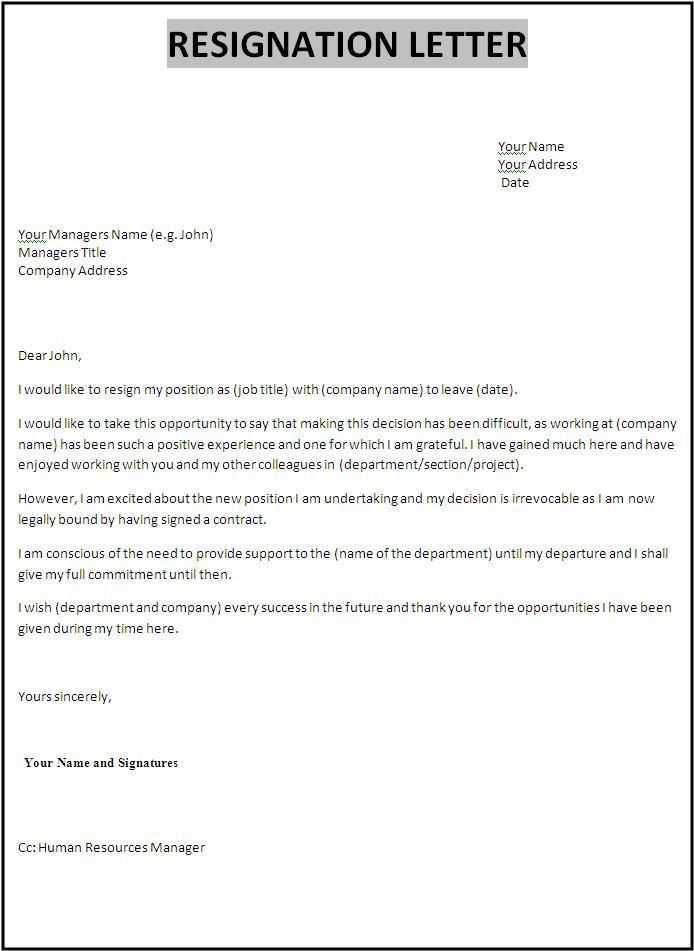
A well-structured notice includes several key components that ensure clarity and respect. Here are the essential elements to include:
- Clear Intent: State your decision to leave and the date when you plan to end your employment.
- Gratitude: Acknowledge the opportunities you’ve had and express appreciation for your time with the company.
- Transition Details: Offer assistance in ensuring a smooth handover of your responsibilities.
How to Personalize the Message
Each communication should be tailored to the specific circumstances and the relationship with the employer. Consider adding a brief explanation of why you’re leaving, but avoid being overly detailed or negative. The goal is to leave on positive terms while maintaining a professional tone.
Avoiding Common Mistakes
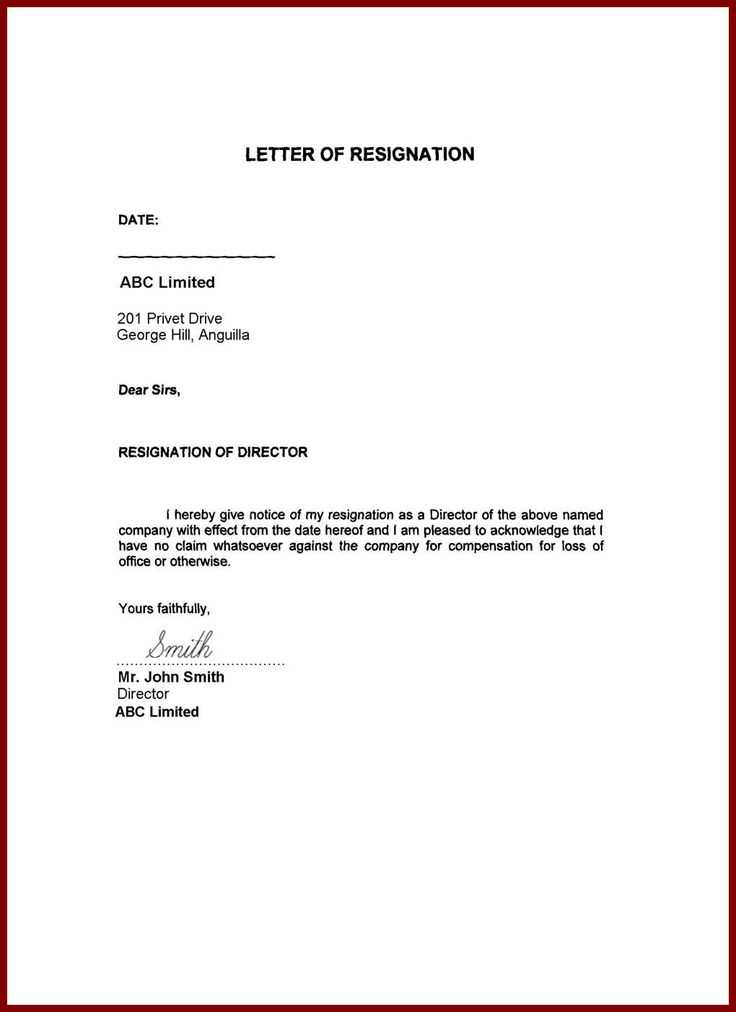
Many people make the mistake of either being too vague or too emotional in their statements. Here are some pitfalls to avoid:
- Being Too Abrupt: Avoid leaving without proper notice or providing vague information.
- Over-sharing: Keep personal reasons to a minimum to maintain professionalism.
- Negative Remarks: Refrain from criticizing the company or colleagues.
Timing and Submission
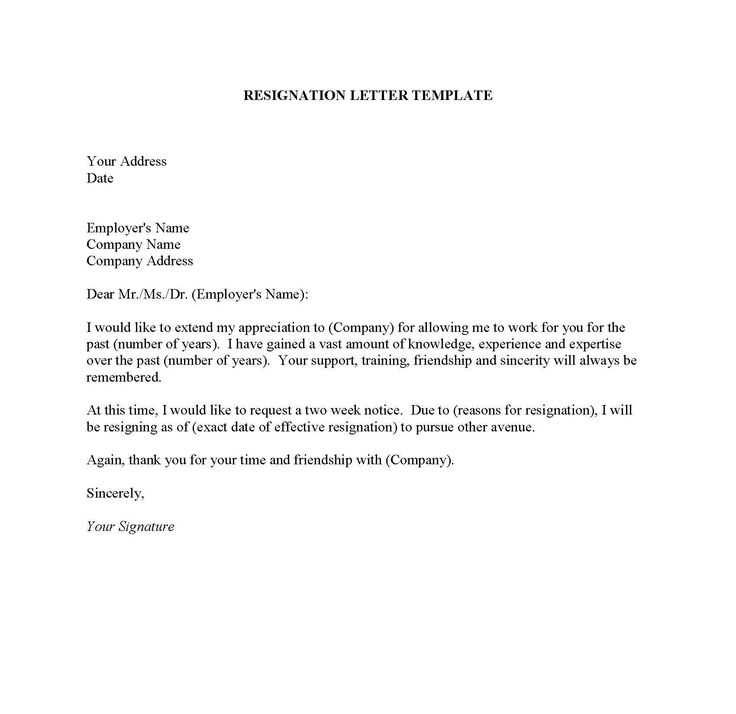
The right moment to submit your departure notification is just as important as its content. Aim to provide sufficient notice, typically two weeks, to allow the company time to adjust. Delivering the document in person or via email depends on your workplace culture and your relationship with management.
Final Thoughts
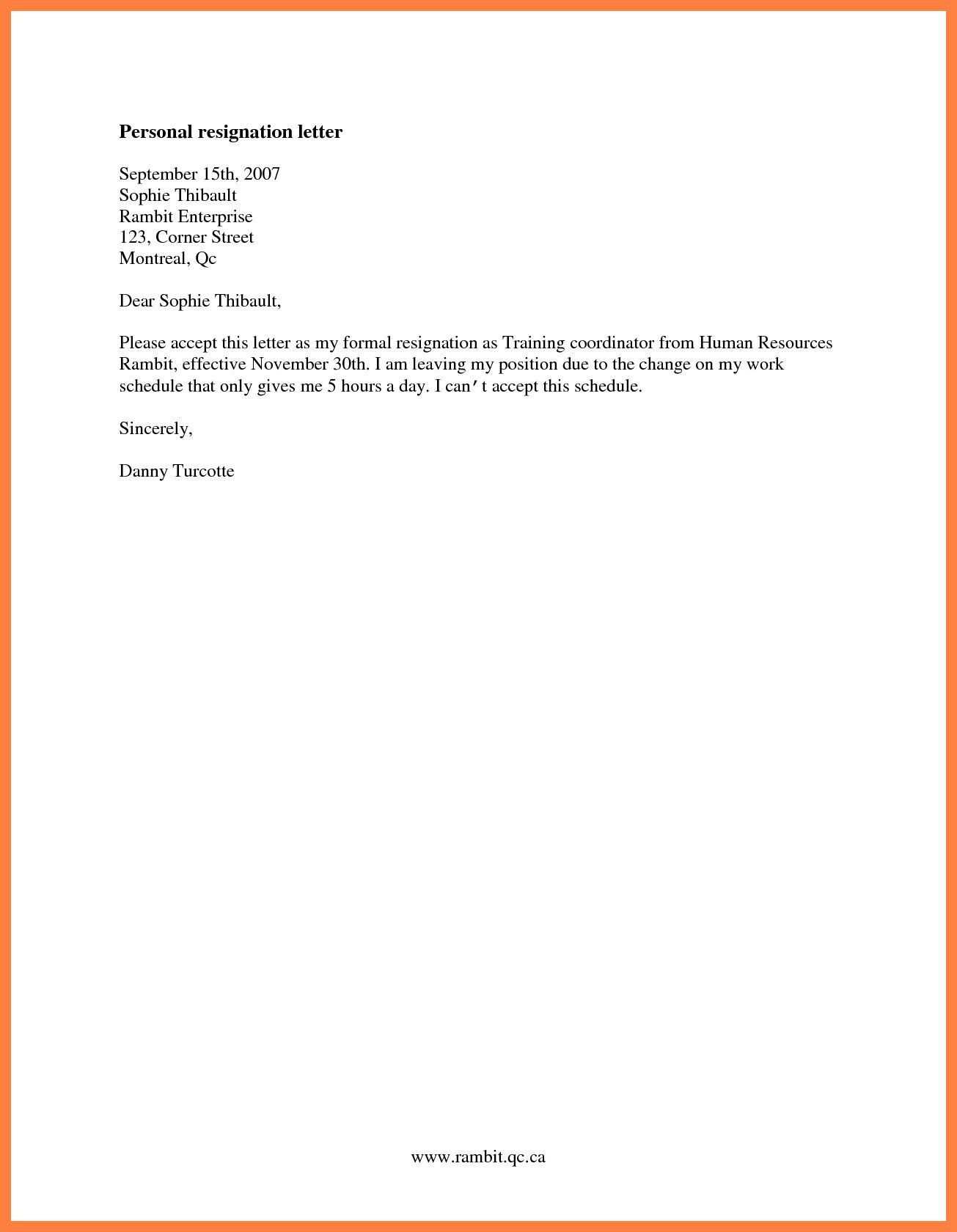
Crafting a well-considered departure message is an important step in leaving your position with respect and professionalism. By focusing on clarity, gratitude, and a smooth transition, you ensure that your exit is as graceful as your time spent in the role.
Crafting a Professional Departure Notice
When deciding to step away from a position, it’s essential to communicate your choice in a clear and respectful manner. How this message is delivered can greatly influence your professional reputation and future opportunities. A well-drafted statement ensures that you leave on good terms and facilitates a seamless transition.
Why a Formal Departure Announcement Matters
Having a structured approach to inform your employer about your decision is crucial. A clear notification provides the company with ample time to adjust to the change, and it demonstrates your professionalism. It also helps preserve your relationships with colleagues and superiors, which may be valuable for future references or collaborations.
Key Elements of a Formal Exit Notice
A professional departure note should contain a few essential components:
- Clear Statement of Departure: Clearly communicate your intent to leave and specify your last day at the organization.
- Appreciation: Acknowledge the opportunities you’ve had and express gratitude for your time with the company.
- Offer to Assist with Transition: Be willing to help make the transition smooth, whether it’s training a replacement or tying up loose ends.
How to Personalize the Departure Communication
Tailoring your departure message to your specific circumstances and the nature of your relationship with the employer is important. Including a brief explanation for your decision is fine, but avoid going into excessive detail or making the message overly personal. Keep the tone respectful and professional.
Avoiding Common Pitfalls in Departure Notices
It’s easy to fall into traps when drafting your exit note. Here are some mistakes to avoid:
- Being Vague: A lack of clarity can leave the employer uncertain about your decision or your plans.
- Over-sharing: Personal reasons should remain brief and professional.
- Negative Remarks: Avoid criticizing the organization or individuals. Stay positive and gracious.
Choosing the Right Moment to Submit the Notice
Timing is just as crucial as the content of your message. Ideally, provide at least two weeks’ notice to ensure the company has enough time to plan for your departure. Consider the company’s policies and culture when deciding whether to submit your notice in person or via email.
Maintaining Professionalism During the Exit Process
Even after submitting your notice, continue to perform your duties with professionalism. Upholding your responsibilities ensures that you leave a positive impression, helping to maintain a good relationship with your employer and colleagues.